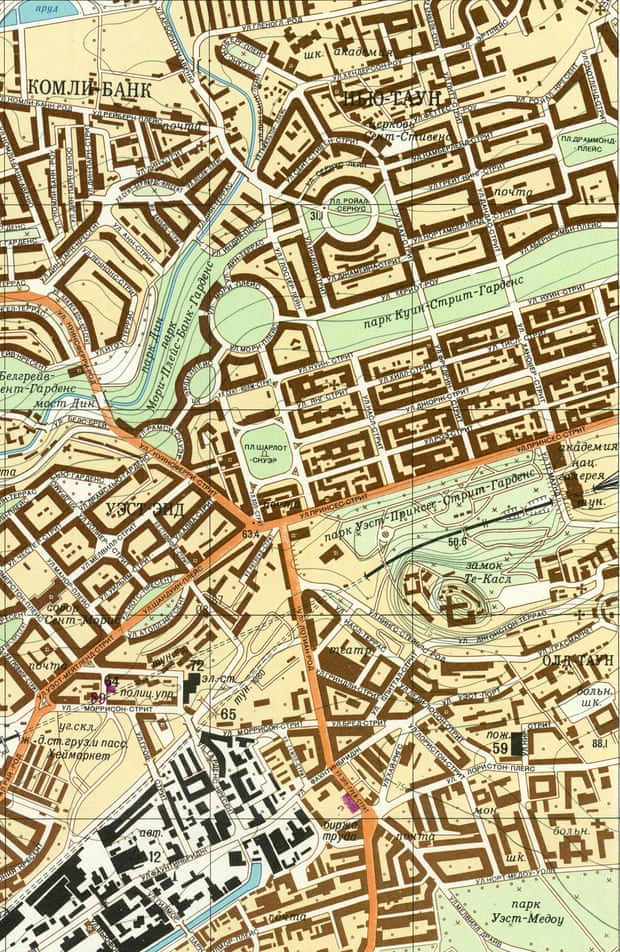- Reaction score
- 146
- Points
- 710
Start of lengthy piece (note US worked on these in 1950s-60s):
Mark
Ottawa
U.S. Has Been Secretly Watching Russia's Nuclear-Powered Cruise Missiles Crash and Burn
Successful or not, if Russia is test flying these weapons, this means it has been repeatedly crashing nuclear reactors into the ground or the ocean.
Following Russian claims that it is developing a new nuclear-powered cruise missile, there are reports that the U.S. government has been actively spying on this work and that some or all of the test flights have failed. This, in turn, raises questions about the safety and viability of such a weapon, as well as why American officials would keep this knowledge a secret.
Russia’s President Vladimir Putin publicly announced the as yet unnamed missile in an annual speech on March 1, 2018. The Kremlin says it successfully tested one of the weapons near the end of 2017 and released video footage claiming to show the launch and it in flight. So far, Russian authorities have not released any other significant details about the weapon’s configuration or capabilities, though Putin implied that the final design would be broadly similar in size and shape to the existing, conventionally-powered Kh-101 cruise missile.
At the most basic conceptual level, the weapon could conceivably reach supersonic speeds, fly at very low altitudes, and have effectively unlimited range thanks to its nuclear powerplant, allowing it to hit targets anywhere in the world with little warning and dodge anti-missile defenses.
But shortly after Putin’s address, CNN, in a story citing an anonymous U.S. government official, cast doubt on the possibility that this weapon was anywhere near operational. That individual added that the “United States had observed a small number of Russian tests of its nuclear-powered cruise missile and seen them all crash.” Fox News said its own sources indicated the same thing, that the weapon was in the research and development phase and that at least one had crashed during testing in the arctic...
http://www.thedrive.com/the-war-zone/18948/u-s-has-been-secretly-watching-russias-nuclear-powered-cruise-missiles-crash-and-burn
Mark
Ottawa



